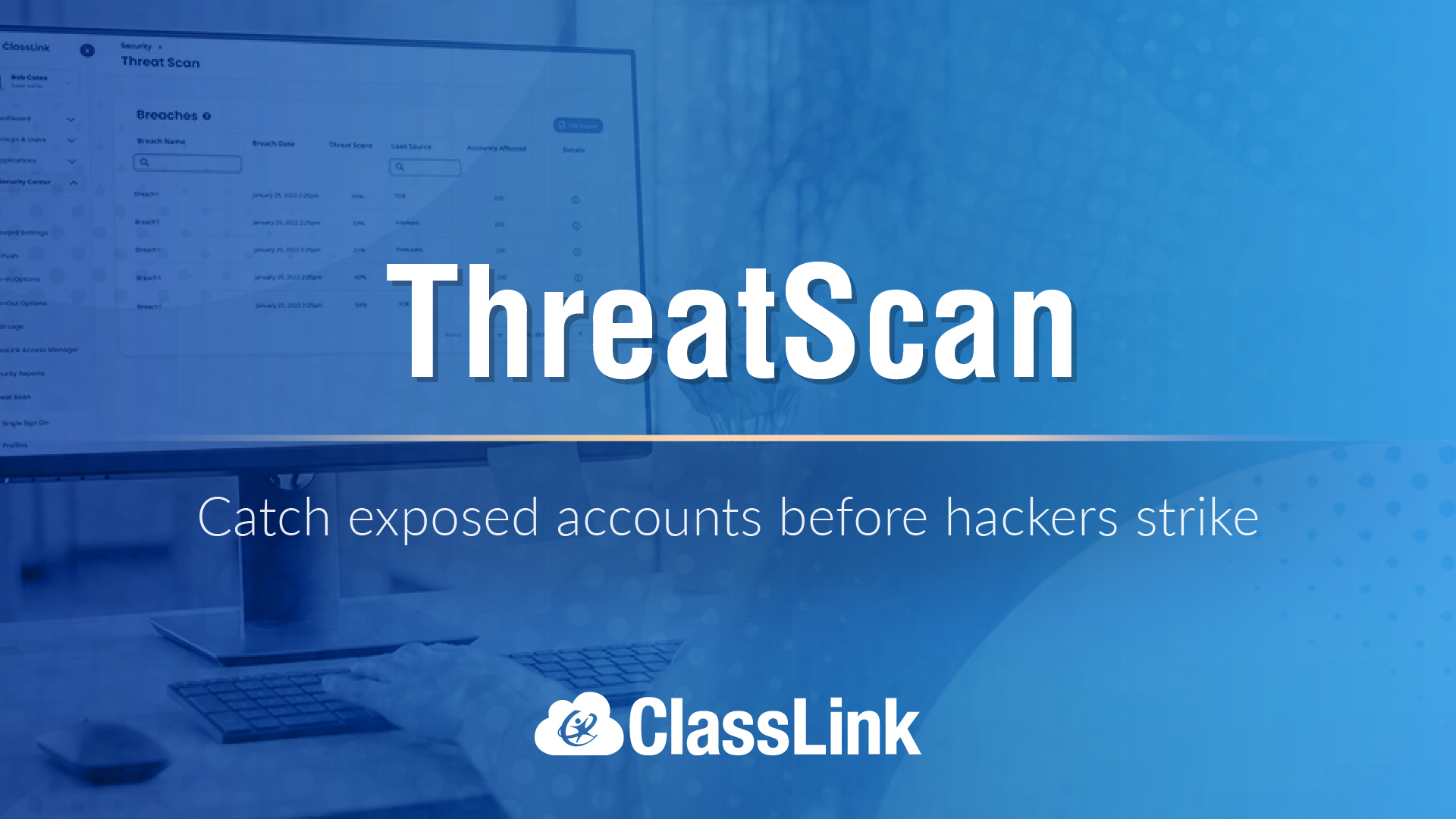From the Principal's Office: Autonomy Breeds Change

A year and a half ago I decided to implement a job-embedded growth model at the suggestion of some of my teacher leaders. They desperately sought time during the school day to engage in professional growth opportunities, learn how to integrate Web 2.0 tools, and develop their own Personal Learning Networks (PLN’s). After some thinking and looking at various options inherent in the current schedule, I decided to cut all non-instructional duties in half to create a Professional Growth Period (PGP). The inspiration for this idea came from Google’s 80/20 Innovation Model where engineers are encouraged to take 20 percent of their time to work on something company-related that interests them personally. Duties that we cut are now assumed by me and my administrative team.
Image credit: http://scholasticadministrator.typepad.com/thisweekineducation/2010/02/thompson-autonomy-for-change.html
The PGP was launched in September 2011. It virtually gave every New Milford High School teacher two to three, forty eight minute periods a week, depending on the semester, to engage in growth opportunities of personal interest. The only catch was that each staff member had to create and present a learning portfolio at his/ her end of year evaluation conference. This learning portfolio clearly articulated how they integrated what was learned during this time into professional practice. They also had to keep a log detailing what was done during each PGP day throughout the year.A great deal was learned after I reflected on year one of the PGP. For starters, I read Drive by Daniel Pink this past summer and made a few slight changes. In order to give each staff member a greater level of autonomy, I removed all top-down mandates such as keeping a log and watching a certain number of PD 360 videos. This year teachers had true freedom to learn anything and follow their passions as long as the time was spent to improve NMHS’s bottom line – student learning and achievement. Sample PGP activities include the following:
- becoming a connected educator by developing and engaging in a Personal Learning Network (PLN)
- researching best practices
- developing innovative learning activities
- creating interdisciplinary lessons
- engaging in face-to-face professional development
- learning to use new technologies
- collaborating on projects with colleagues.
I also used last year as an opportunity to work with my teachers and better articulate how to compile their learning portfolios. Last week I began conducting end of year evaluation conferences with my teachers. I was extremely eager to see their respective learning portfolios and discover what they had been working on over the course of the year. Let me tell you this, I was not disappointed. As each staff member presented their learning portfolio they all shared how appreciative they were to have this time. Below is a sample from some of the portfolios:
- Math teacher Kanchan Chellani has been using her PGP time to create engaging learning activities with Adobe Captivate to flip her classroom. She has also created her own website filled with resources for students.
- English teachers Jessica Groff and Nanna Westbook used their PGP time to collaborate. Throughout the year they met to develop extensive binders to compile resources related to text complexity as outlined by the Common Core Standards. Jessica also used the time to develop the school’s digital newspaper, The Lance, from scratch.
- Math teacher Jeff Fiscina learned how to create engaging learning activities using Educreations. He also developed his own blog and started a Twitter account for his classes.
- English Teacher Sue Michels read numerous books, such as Drive by Daniel Pink and Fair Isn’t Always Equal by Rick Wormeli. She also re-wrote the entire Honors English 11 curriculum.
- History teacher Joe Manzo learned how to use iMovie and created a project on the Vietnam War to engage his students in some of the essential concepts. He is now working on developing a student project where they will use iMovie to create artifacts of learning related to historical concepts later this year.
- History teacher Rebecca Millan started her own blog and is now having her students blog as well in Sociology.
- Math teacher April Millian has been exploring the flipped instructional approach and has begun to implement it on a routine basis with the use of Edmodo.
- English Teacher Jerry Engstrom created several unit plans aligned to the common core and read How to Read Literature Like a Professor by Thomas Foster and Readicide by Kelly Gallagher. Jerry provided examples of how he has integrated specific concepts and insights learned from each book. He has begun to research how to implement student portfolios using Evernote for next year.
Similar to FedEx days discussed by Dan Pink in Drive, my teachers have been given the opportunity to follow their passions, unleash their creativity, and deliver a learning portfolio that illustrates professional growth to enhance teaching and learning. Based on the conversations I had with teachers after they presented their learning portfolios, they are already beginning to talk about innovative ideas to pursue next year. I am excited to see what some of my other teachers have been working on in the coming weeks and am proud that time during the school day is being used productively.
cross-posted on A Principal's Reflections
Eric Sheninger is a NASSP Digital Principal Award winner (2012), PDK Emerging Leader Award recipient (2012), winner of Learning Forward's Excellence in Professional Practice Award (2012) and co-author of Communicating and Connecting With Social Media: Essentials for Principals and What Principals Need to Know About Teaching and Learning Science. He presents and speaks nationally to assist other school leaders in effectively using technology. His blog, A Principal's Reflections, was selected as Best School Administrator Blog in 2011 by Edublogs.
Tools and ideas to transform education. Sign up below.
